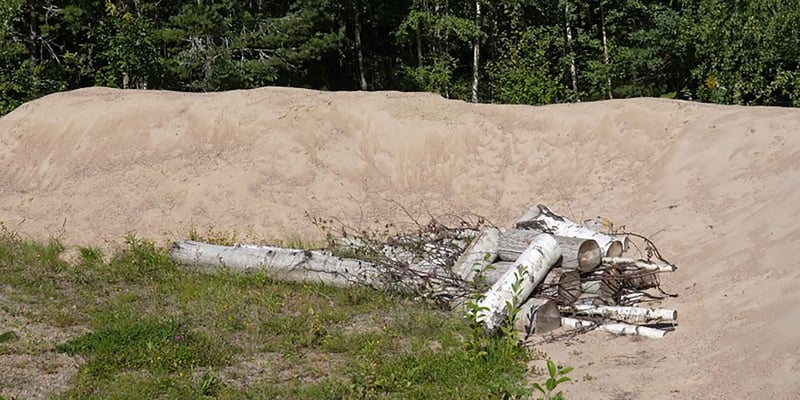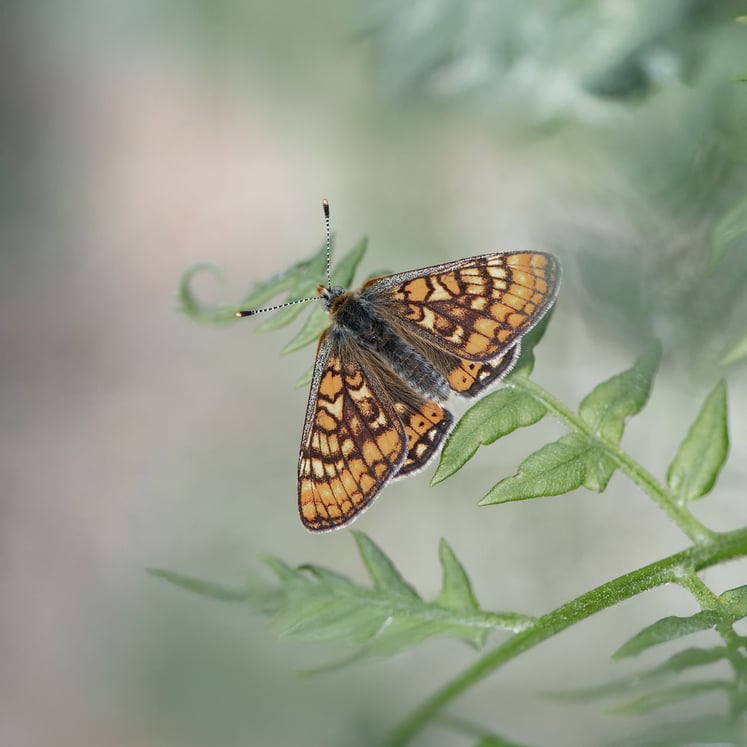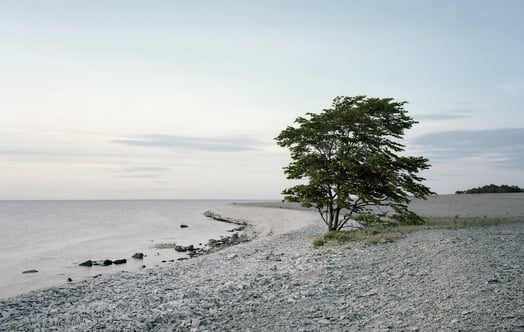Biodiversity enhancement at substations: strategic measures for pollinators
In recent years, the decline in pollinators like wild bees and bumblebees has threatened biodiversity and ecosystem health. Many of our substation sites across Sweden offer opportunities to enhance biodiversity and benefit these pollinators.
Short facts
- Sweden
- Pollinators (bumblebees, bees, and butterflies)
- Conduct biodiversity enhancement measures at substations
- 2022–2024
In 2022 and 2023, a GIS-based analysis of 90 substations assessed their potential for biodiversity enhancement. Factors like proximity to species, historical land use, and the surrounding environment were considered. Sixteen of these stations were selected for detailed field visits, and the conclusion was that maintenance practices at some stations could be adapted to benefit various species of bumblebees, bees, and butterflies.

During 2024, customised maintenance instructions were developed for five of the substations and implemented on four of them.
Each contractor in charge of maintenance received detailed instructions on how the areas around the substations should be maintained to promote biodiversity, such as when lawns should be mowed, which trees and bushes should be pruned, and which ruderal areas should be disturbed by scraping.
Valuable flora and fauna were identified at two station areas, prompting additional measures such as the creation of sand beds for bumblebees and wild bees. The goal for 2030 is to have carried out measures at 20 substations.
More about biodiversity
Biodiversity and nature protection are a priority at Vattenfall. It is one of the focus areas in our environmental policy and therefore also a central part in our environmental work.

How we make a difference for nature
Biodiversity is an important and integrated part of our work. Here, we show concrete examples of how we care for nature through our projects.




